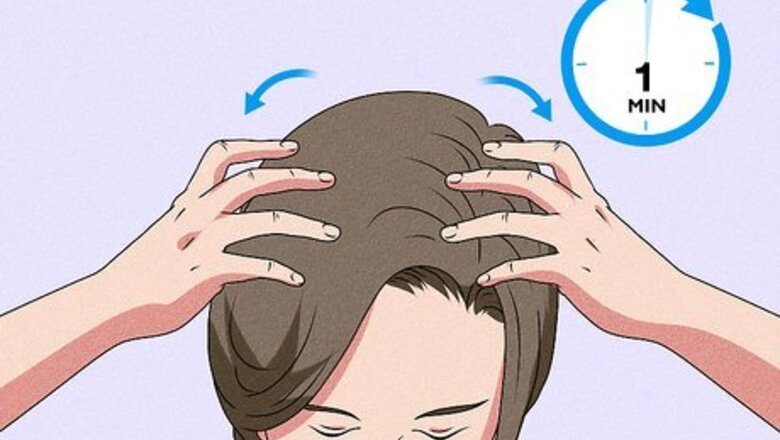
views
X
Trustworthy Source
PubMed Central
Journal archive from the U.S. National Institutes of Health
Go to source
We’ll walk you through plenty of simple techniques, at-home remedies, and lifestyle adjustments that you can use to promote circulation in your scalp for fuller, healthier hair.
Massage your scalp.
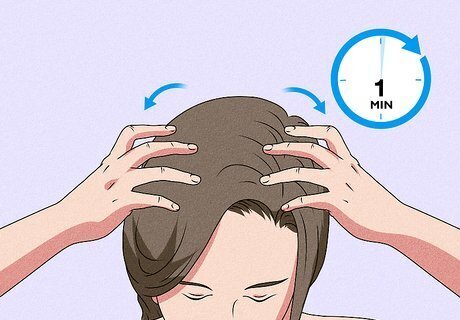
Try performing a scalp massage to help increase blood circulation. Research shows that performing scalp massages on a regular basis may lead to increased hair thickness. First, press your fingertips to your scalp, applying light to medium pressure. Move your hands in small circles in one section of your scalp for a few seconds, then move on to another section. Repeat until you’ve massaged your whole head (about 6 minutes). Perform 1-2 scalp massages on yourself each day. You may want to consider applying a small amount of diluted essential oil to your scalp before your massage. Studies show that peppermint oil and rosemary oil in particular can be helpful for promoting hair growth. In fact, research has shown that rosemary oil can be as effective at promoting hair regrowth as the medication minoxidil (also known as Rogaine).
Brush your hair for a few minutes each day.
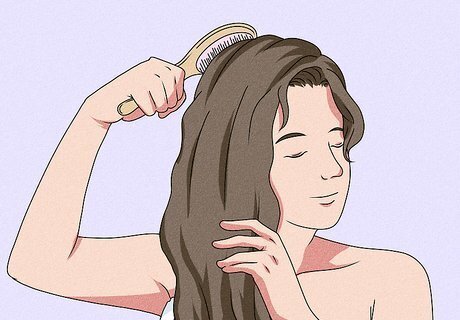
A brush with stiff, natural bristles can really stimulate your blood vessels. It essentially massages your scalp the same way your fingers would, which can result in more hair growth. If you have long or tangled hair, start brushing near the ends and work your way up toward the roots. If you have short hair, work from the center of your scalp toward the ends. Apply light pressure to get the most effective results.
Run cold water over your scalp.

Try pouring cold water over your scalp for 1–2 minutes in the shower. There isn’t definitive scientific evidence for this, but many people believe that cold temperature can stimulate blood flow to your scalp and hair follicles, leading to more hair growth. This belief likely comes from the fact that cold temperatures constrict your blood vessels, and then when your body warms up, blood rushes back to those areas as the vessels reopen. Turn the shower to the coldest temperature you can handle and let it run over your scalp for at least 1–2 minutes at a time. Rub your scalp with your fingertips while you’re rinsing it in the shower to help promote better circulation. If you can’t handle a full cold shower, keep the water hot while you wash your body and turn it cold only when you wash or rinse off your head. You could also try doing a contrast shower, where you alternate between 10-second intervals of warm and cool water.
Put raw onion juice on your scalp 3 times a week.
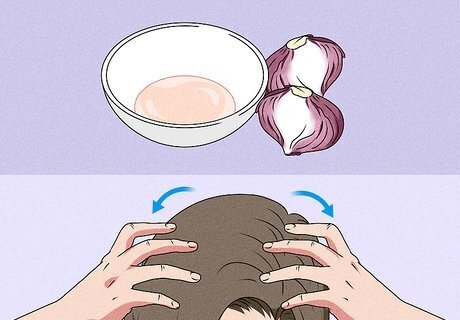
Raw onion juice may help with hair regrowth. Chop half of a fresh onion and squeeze it tightly into a bowl to separate the solid pieces from the juice. Rub the onion juice directly onto your scalp and massage it in with your fingertips. Allow the raw onion juice to sit on your scalp for about 30 minutes before washing it out with shampoo. You may also buy pre-squeezed onion juice from your local grocery store.Tip: If your hair still smells like onions, combine equal parts water and white vinegar, and use it to rinse your hair before you shampoo it.
Use minoxidil if you’re also experiencing hair loss.
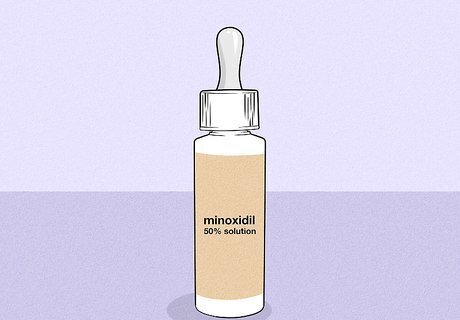
Minoxidil boosts hair growth and improves the structure of your blood vessels. Look for a topical minoxidil foam or solution, and read the directions carefully. Start applying a single dose in the center of your scalp and work it toward the sides. Wash your hands immediately after applying the minoxidil, and avoid washing your scalp for 4 hours after application. Let the treatment dry completely, which takes about 2–4 hours. You can get minoxidil at your local pharmacy or online. You may also get prescription-strength varieties from your doctor. If you experience inflammation, rashes, or swelling, stop using minoxidil and talk to your doctor.
Tilt your head upside-down for 1-2 minutes.
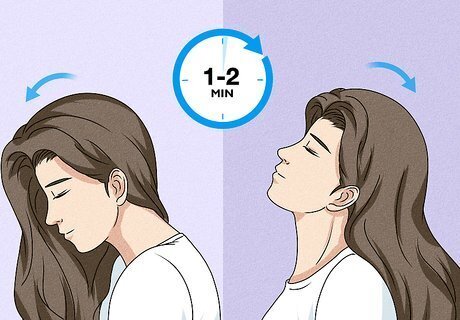
This is called the inversion method. Though there isn’t definitive scientific evidence to support its effectiveness, many people believe that tilting your head upside down promotes hair growth by promoting blood circulation to your scalp. This belief likely comes from the fact that inversion (hanging upside down) increases blood to flow to your head. To try it, plant your hands on the floor and slowly lower your upper body until your head is upside-down. Continue holding yourself in this position for about 1–2 minutes so blood rushes to your head. Repeat this process once daily. Sit up immediately if you start feeling dizzy or experiencing neck pain. If you can afford it, try using an inversion table that you can lay on and tilt your entire body upside-down. If you have high blood pressure, glaucoma, eye disease, heart disease, a history of strokes, inner ear problems, or are pregnant, consult your doctor before trying out this method, as it does come with some risks.
Practice yoga to stretch your neck and your back.
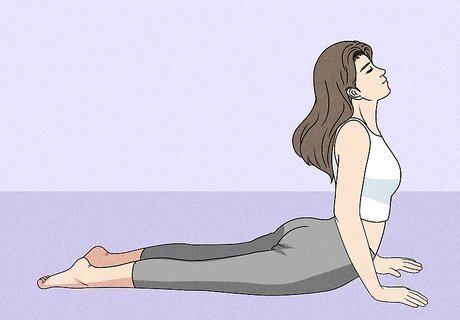
Yoga can help increase blood circulation in general. This allows for more oxygen to reach the cells in your body, which improves their function. For a simple downward dog pose, keep your feet firmly planted on the ground and bend at the hips at a 90-degree angle. Place your hands flat on the ground so your head is upside-down. You can also lie on your stomach and straighten your arms to bend your back to try a cobra pose.
Work out for 150 minutes each week.
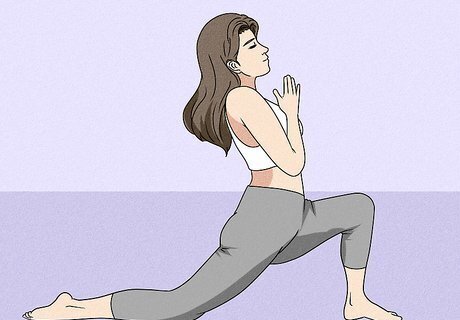
This helps improve circulation all over your body. Aim to do aerobic exercises for 30 minutes daily for at least 5 days out of the week. Try walking, running, and lifting weights to improve your heart health and keep your circulatory system working properly. Work out different muscle groups, like your arms, legs, chest, back, and core, each day so you don’t get too fatigued throughout the week. Be sure to stretch before and after you exercise since it can also help improve your circulation and increase blood flow.
Stick with loose, comfortable hairstyles.
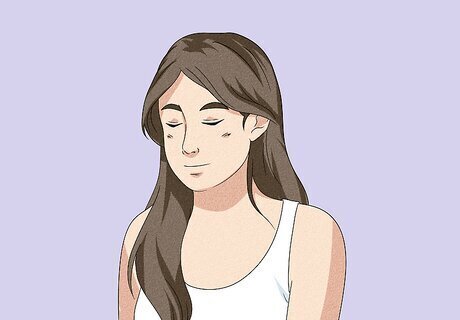
Wearing tight hairstyles for long periods creates tension on your scalp. This, in turn, can affect your circulation. Keep your hair down or in a loose, relaxed style so you’re less likely to affect your scalp or hair health.
Maintain a healthy and balanced diet.
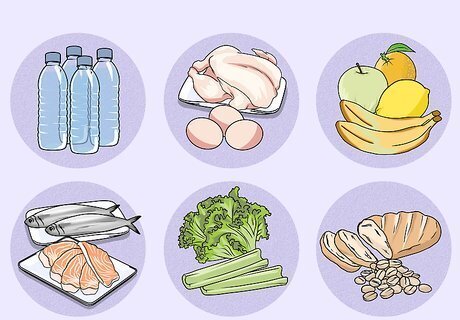
Nutritious foods can help boost your circulatory system. Opt for leafy greens, fruits, and vegetables so you get vitamins and minerals that help improve your circulatory system. Choose healthy fats, such as oily fish, nuts, lean meats, and avocado, since they’re unsaturated and less likely to cause blood clots. Try your best to avoid sugary foods, trans and saturated fats, and simple carbs, since they don’t have as much nutritional value. Rather than snacking on chips or sugary sweets, choose pieces of fruit, vegetables, or low-fat alternatives. Take a daily multivitamin if you’re worried about not getting the proper nutrients from your food.
Drink water regularly.
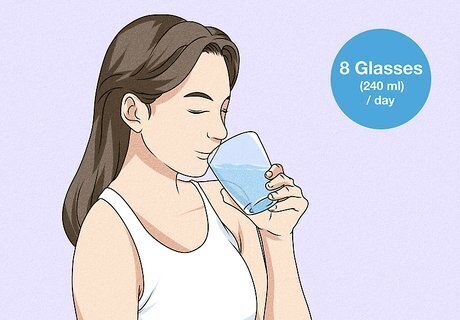
Staying hydrated helps regulate your blood flow. Do your best to limit sugary drinks since they could dehydrate you more and make your circulation worse over time. Keep track of the fluids you drink each day so you’re able to see how much water you’re drinking. If you have trouble remembering to drink water, look for apps on your phone that remind you when to rehydrate.
Quit drinking alcohol or smoking.
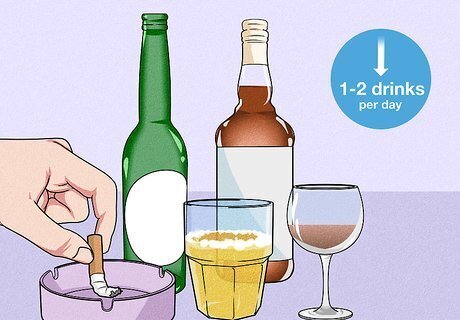
Tobacco and alcohol can stress your blood vessels. With this in mind, do your best to limit how often you have them. Look for smoking cessation products to help you get rid of any urges. If you drink alcohol, limit yourself to 1–2 drinks per day so you don’t cause any lasting damage to your body. Look for support groups in person or online if you have trouble quitting on your own. Try asking your doctor for prescription-strength cessation products to help you even more.
Try progressive relaxation.
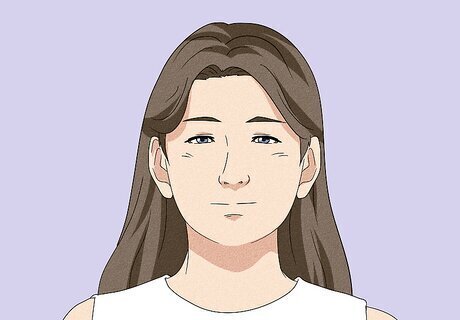
Try this exercise for a few minutes to help keep your blood flowing. Pay attention to your posture and notice whether you’re holding tension in your face while you go about your day. If you’re feeling tense, consciously take the time to relax the muscles in your face throughout the day. Try it for a few minutes at a time to help keep your blood flowing.

















Comments
0 comment